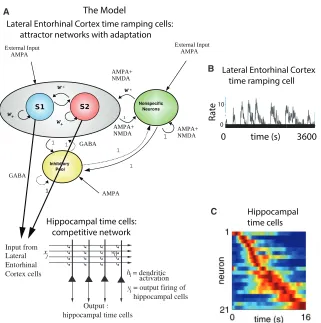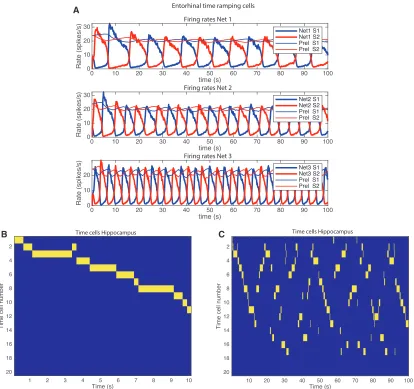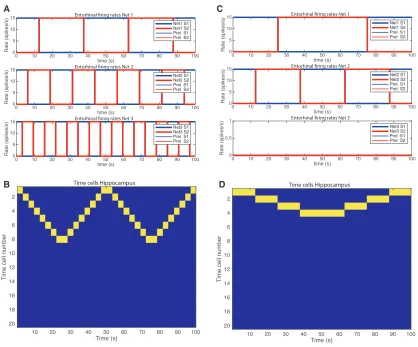The generation of time in the hippocampal memory system
Full text
Figure




Related documents
Passed time until complete analysis result was obtained with regard to 4 separate isolation and identification methods which are discussed under this study is as
University of New Mexico – School of Medicine Radiologic Sciences Program 505-272-5254. Stevee
The distribution data in Figure 13 demonstrates that at least a year in advance, with production modules rather than champion modules, SSI accomplishments far exceed the 2003 DOE
This conclusion is further supported by the following observations: (i) constitutive expression of stdE and stdF in a Dam + background represses SPI-1 expression (Figure 5); (ii)
2.1.3 Geogrid post-construction creep deformation BS 8006 (2010) prescribes a limit on the internal post-construction strain occurring between the end of
The performances of the robust blade design are compared against performances characterizing the optimal design obtained using a deterministic optimization approach.. Results show
In addition, both the social/personality measures (i.e., academic self-efficacy, academic locus of control, test anxiety and performance-avoidance goals) and
Kaplan and Craver allege that one of the things that separates dynamical explanations from real (causal) explanations, is that the former do not allow for intervention,